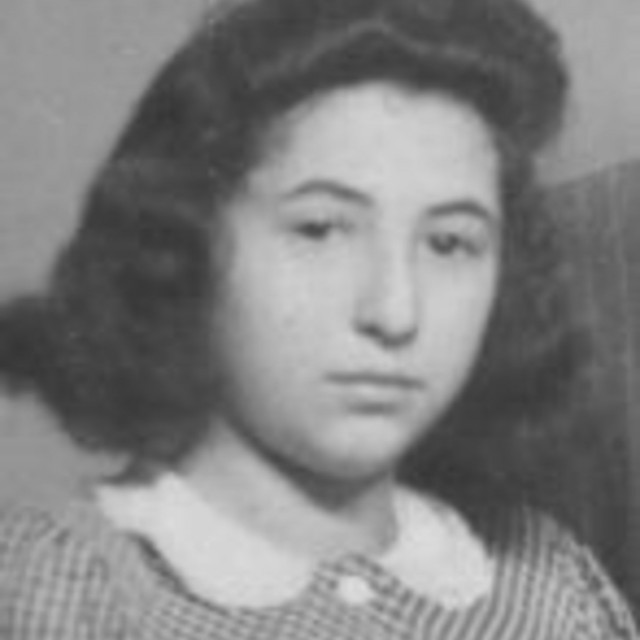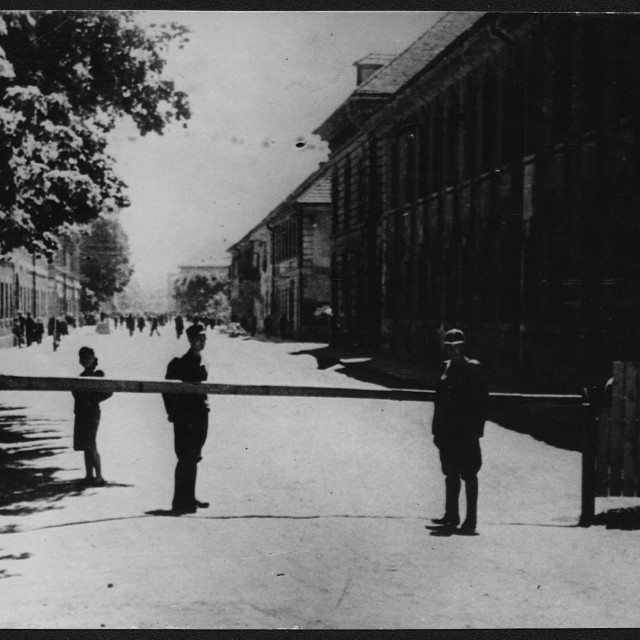Dodnes cítím ty smradlavý, plesnivý jáhly
Když dnes Marta Kottová zpětně srovnává podmínky v táborech, jimiž za války prošla, vychází z toho nejlépe ten první – Terezín: „Tam jsme fasovali tři čtvrtě chleba na tři dny. Byla na to i písnička: ,Na tři dni fasuješ tři čtvrtě chleba, na den to vystačí, na dva i třeba.‘ To znamená čtvrt kila chleba na den. K tomu jsme ještě měli každý den oběd. Byly to sice dvě nebo tři nahnilé brambory ve slupce, ale byly. A byla troška polívky. Když dneska moje vnučka dělá jáhly, tak cítím ty smradlavý, plesnivý jáhly, z kterých nám vařili polívku. Maminka říkala, že jáhly voní, ale já si to nedovedu představit.“ V terezínském ghettu vězni také směli dostávat balíky s potravinami. Příjemci se pak obvykle podělili se spolubydlícími. Největší rozdíl proti Terezínu pamětnice zaznamenala v Osvětimi. V tomto vyhlazovacím táboře podle ní panovaly otřesné podmínky, které se s Terezínem vůbec nedají srovnávat: „V Osvětimi jsem neviděla ani kousek chleba, nikdy. A v Mährensdorfu, to byl můj poslední lágr, kde jsem 14 hodin denně dělala velmi, velmi těžkou práci v továrně, jsme fasovali sedm deka chleba na čtyřiadvacet hodin. Terezínu se tedy ne nadarmo říkalo ,lázně Terezín‘. Proti dalším lágrům to opravdu byly lázně.“ Ke svědectví Marty Kottové je třeba dodat, že děti měly v Terezíně lepší zacházení než ostatní. Tisíce starých a nemocných lidí tam zemřely hlady.
Hodnocení
Hodnotilo 0 lidí
Routes
Not a part of any route.
Comments
No comments yet.









